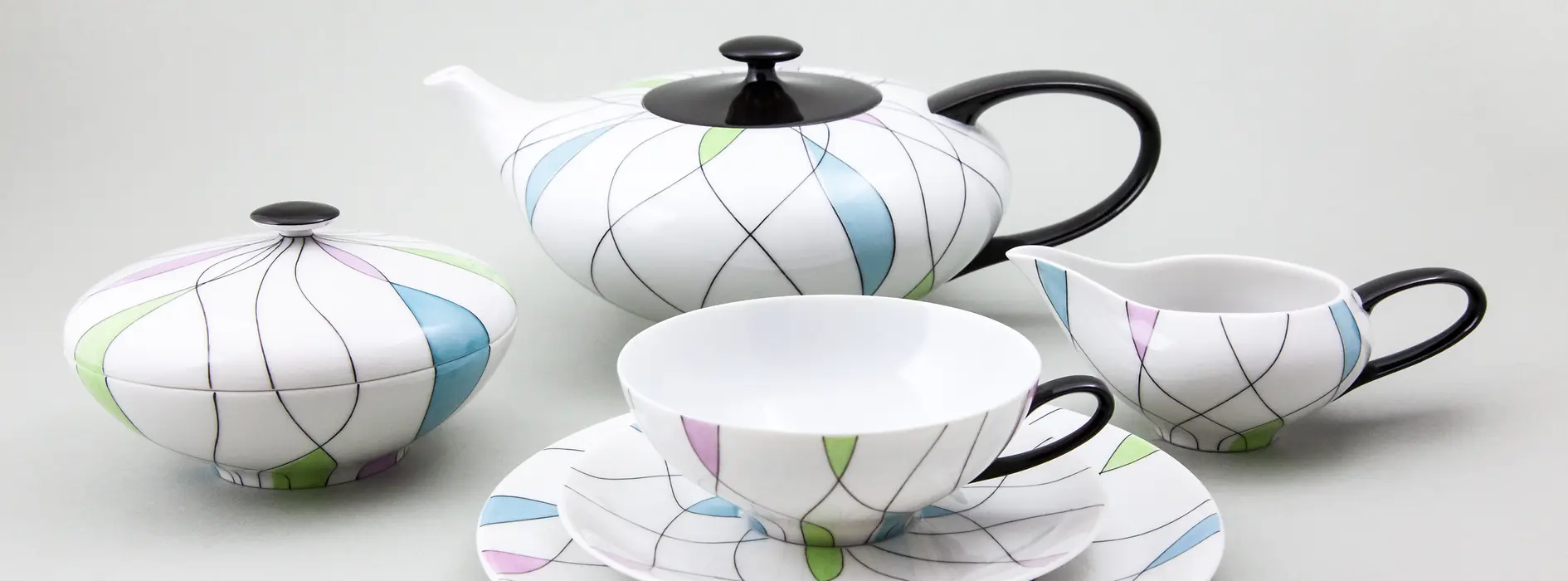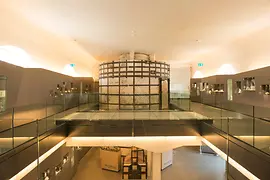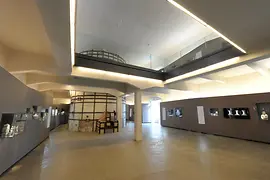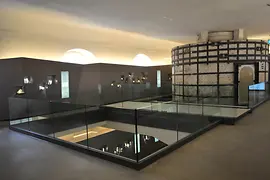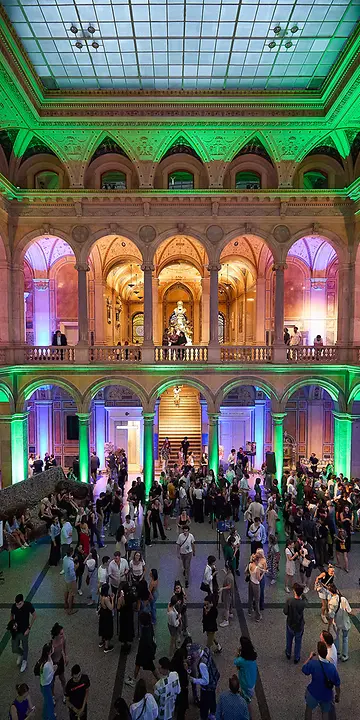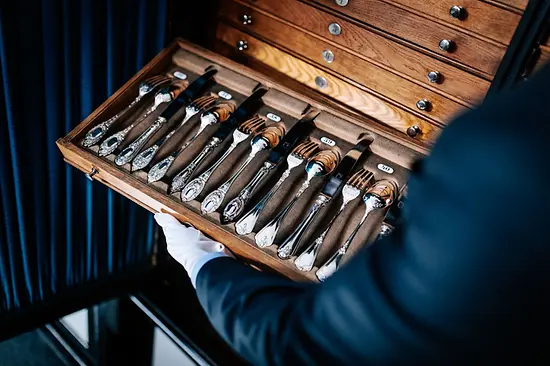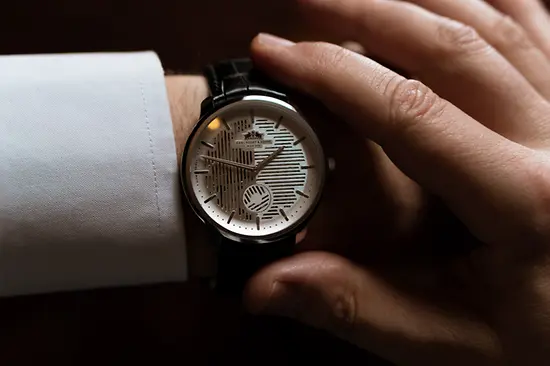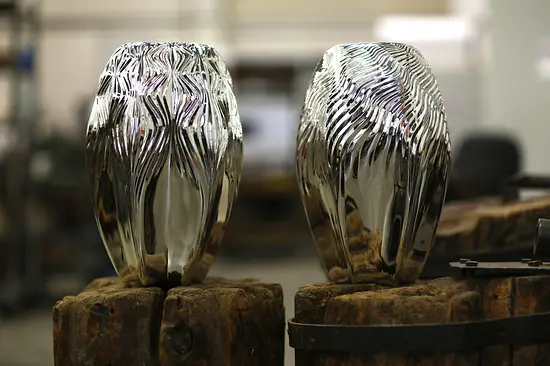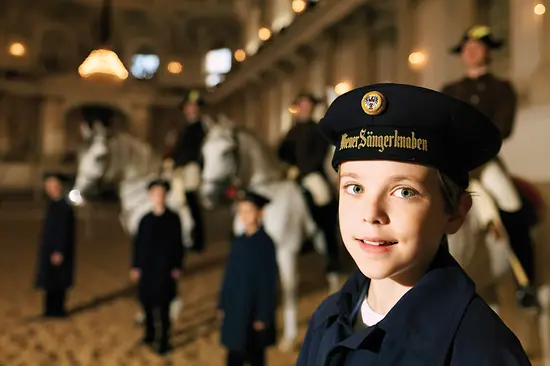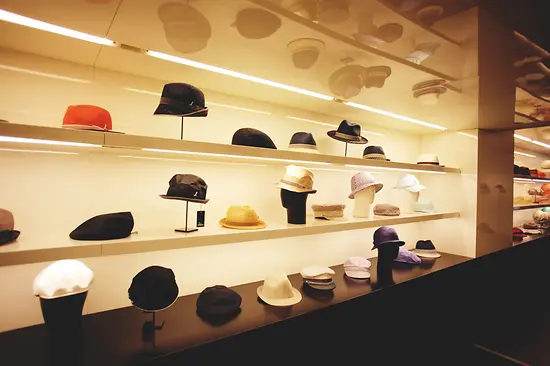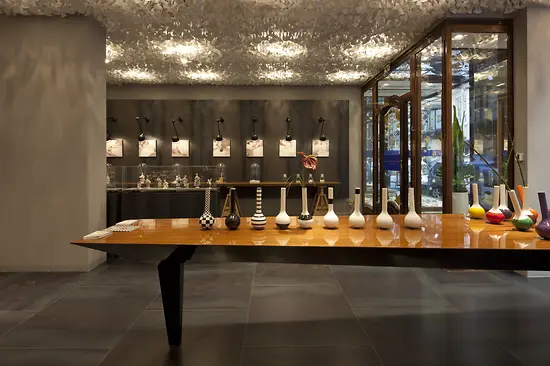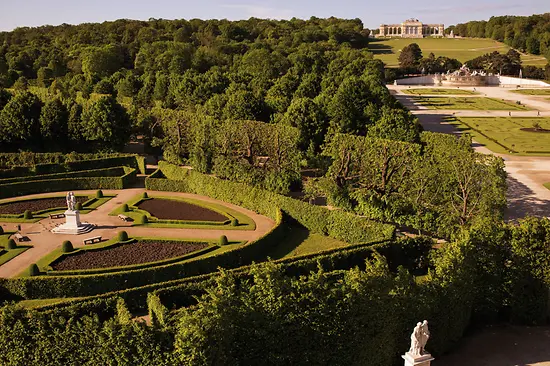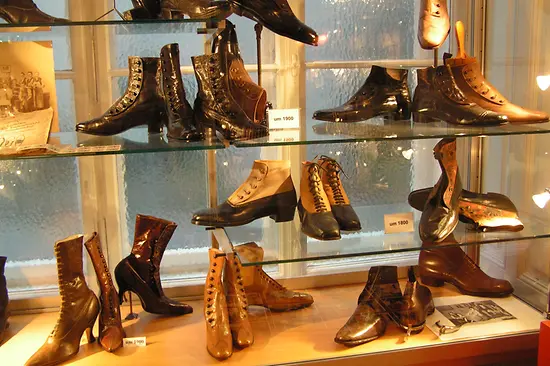Porcelain Museum in the Augarten
In addition to details on the origins of porcelain in China and its distribution to European courts, the first part of the museum deals with the founding of the first porcelain factory in Vienna in 1718 by Claudius Innocentius du Paquier. It transferred to imperial ownership in 1744. On display are pieces of the founder's Baroque porcelain as well as pieces from the Rococo, Classical and Biedermeier periods. The first part of the show ends with the famous "Kaisersemmel" made from Vienna porcelain. The imperial porcelain factory came to an end in 1864.
The second part of the exhibition is dedicated to the 20th and 21st centuries. The Vienna Augarten Porcelain Factory was founded at its present location in 1923 and takes up the heritage of the imperial factory. Modern designers such as Josef Hoffmann, Walter Bosse and Hertha Bucher characterized production in the 1920s and 1930s. The preference for clarifying simplicity that prevailed in the 1950s is on display, as are works by Arik Brauer from the 1970s. The exhibition is rounded off by contemporary designers such as Philipp Bruni, who link back to the tradition of the 1920s.
An original kiln towers over both exhibition levels. A shop and a restaurant round off the offering of the freshly renovated building.
Shopping tip: Augarten flagship store
